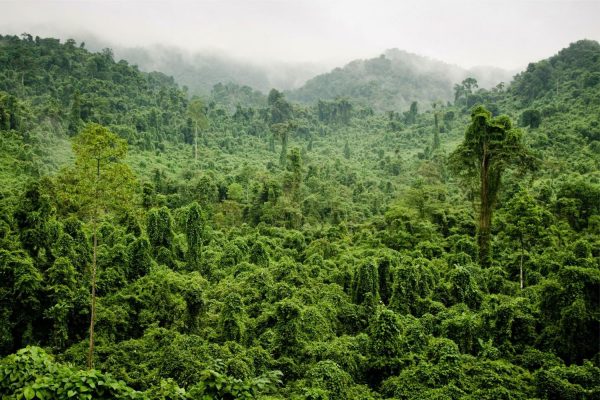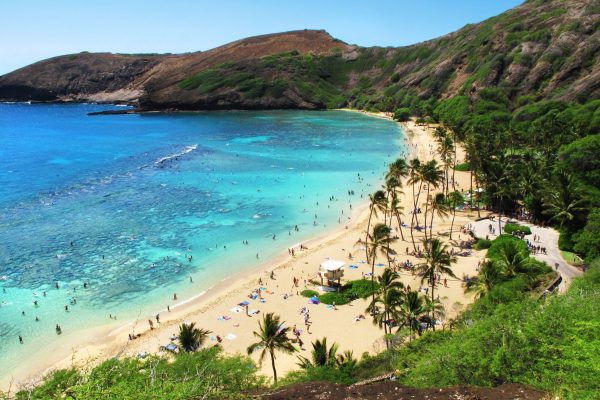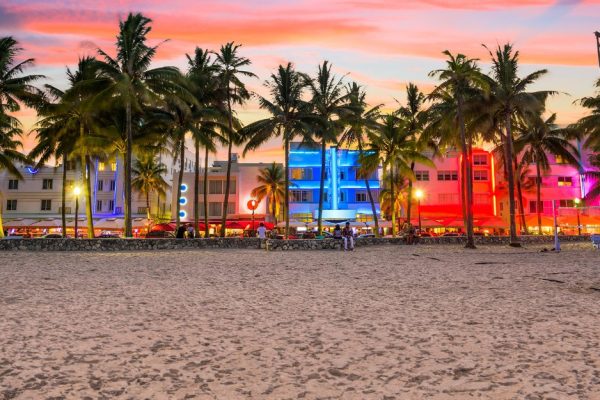South America is known for its beauty, but much of it is still shrouded in mystery and intrigue – how many sights can you name without having to check Google first? Some places can be difficult to get to, but if you can pay a private jet price, these places aren’t to be missed and might be worth the investment.
In this article, we’ll be exploring 7 of the most visually stunning wonders you need to visit in South America next time you’re planning a vacation. We’ll tell you everything you need to know about the area, what you can do during your visit, and what makes it so unique.
1. Atacama Desert, Chile
Chile’s Atacama Desert is statistically one of the driest places on the planet and is as vast as it is dry, stretching across 600 miles of the country’s vast coast. Although it is indeed extremely dry, the desert somehow is still called home to many different types of plant and animal species, including many different cacti and flocks of eye-catching flamingoes.
Visitors can explore the lunar-like landscape through tours or by taking part in activities such as sandboarding and stargazing. Because of how vast the desert is and how isolated it can be, hours from civilization depending on where you are, you’re almost guaranteed to have some amazing views of the stars and our celestial friends when the sky is clear.
2. Angel Falls, Venezuela
Angel Falls is the world’s tallest waterfall at 3,212 feet. The falls are located in Venezuela’s Canaima National Park and can be reached by plane or boat. Visitors can hike to the base of the falls or take a scenic flight over them for a bird’s eye view.
The waterfalls are in a UNESCO World Heritage Site, so what you can do there is limited, though this will certainly not have much of an impact on your average visitor. It’s not easy to get there, and many tourists find the flights to the area to be irregular at best, but if you can persevere and book a private jet, we promise that you won’t forget it.
3. Iguazú Falls, Argentina/Brazil
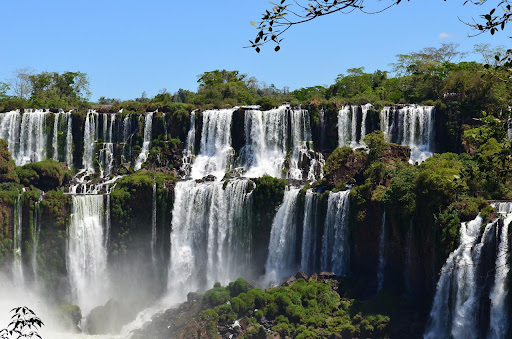
Iguazú Falls consists of 275 individual waterfalls that stretch for over 2 miles (3 kilometers) along Argentina’s Iguazú River. The falls are located on the border of Argentina and Brazil and can be reached from either country. (Valium) Visitors can take in views of the falls from numerous lookout points or take a boat ride to get up close to them.
4. Galápagos Islands, Ecuador
The Galápagos Islands are home to a variety of unique animal species and plants that cannot be found anywhere else in the world. The islands are located off the coast of Ecuador and can be reached by plane or boat. Visitors can explore the islands through tours or by taking part in activities such as snorkeling, diving, and hiking.
Made famous by world-renown British scientist Charles Darwin, the islands are most commonly associated with their namesake turtles, who are older than many of the people who live nearby. Imagine being able to visit somewhere that heavily influenced the development of evolutional theory. Plus, it’s absolutely beautiful there!
5. Machu Picchu, Peru
Machu Picchu is an ancient Inca city that is located high in the Andes Mountains of Peru. The site can be reached by train or foot, and visitors can explore it through guided tours or on their own. Machu Picchu is one of the most popular tourist destinations in South America and is known for its stunning views, and Inca ruins.
6. Rio de Janeiro, Brazil
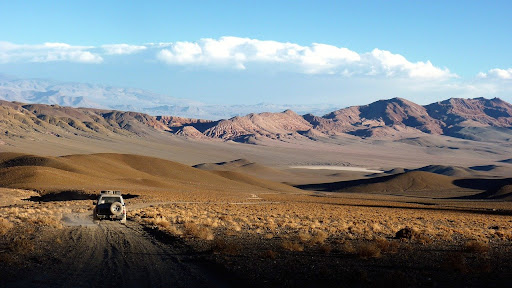
Surely Rio de Janeiro needs no introduction. In case you’re unaware, Rio is a crazily vibrant city that can be found in the south of Brazil. Known for its vast sandy beaches, over-the-top carnival parties, and large landmarks (Christ the Redeemer statue and Sugarloaf Mountain are two of the biggest), Rio is certainly not to be missed if you head down to Brazil.
7. Salar de Uyuni, Bolivia
Salar de Uyuni is the world’s largest salt flat at over 4,000 square miles. The salt flat is located in Bolivia’s southwest corner near the borders of Chile and Argentina and can only be reached by 4×4 vehicle due to its remote location. Although there are many tourist guides and chaperone companies in nearby towns that’ll help you get to where you need to be.
The area also has many real-world uses, and it is rich in lithium and handy for astronomers thanks to the flatness of the salt flats helping to calibrate altimeters of Earth observation satellites. If you love movies, you’ll be glad to hear that the area was used in movies like Star Wars, The Fall, and Salt and Fire.


